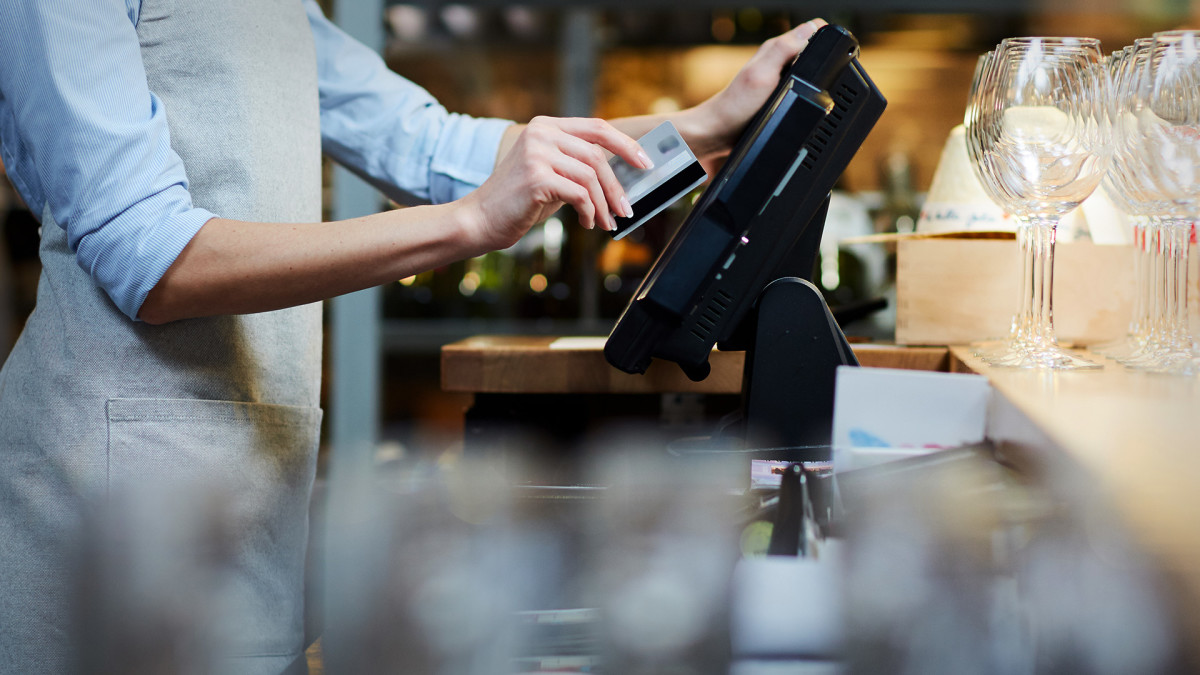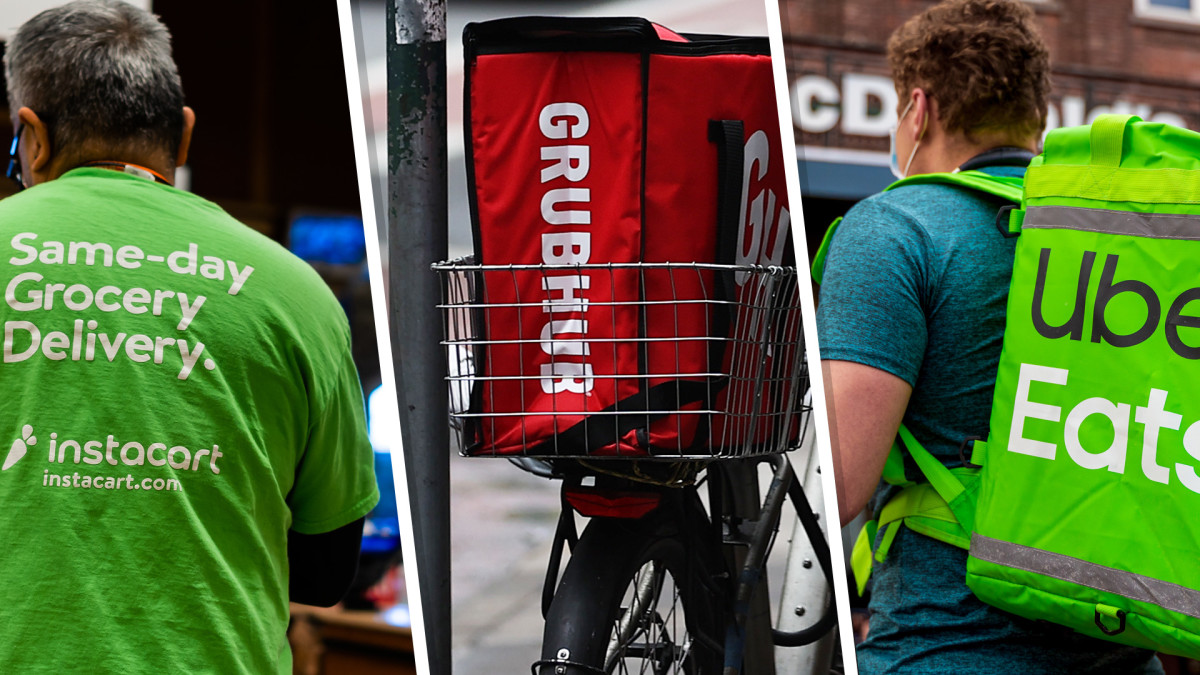
Bankrate has found that more than one-third of Americans report having a side hustle, and those who do earn an additional $891 per month.
While many side hustlers use the extra income to supplement discretionary spending (37%), a fair amount use it to cover living expenses (36%) or pay down debt (20%).
Related: Dave Ramsey has a warning for people looking to buy a home now
TheStreet met with Ted Rossman to dive into the factors compelling Americans to work multiple jobs.
Inflation and interest rates have exacerbated the need for supplemental income
Younger generations tend to pursue supplemental income the most: 48% of Gen Zers and 46% of Millennials have a side hustle, though one in four Baby Boomers also has a side hustle.
However, the overall number of workers with a side hustle nearly doubled from 19% in 2017 to 36% in 2024.
Rossman explains the different factors prompting Americans to seek out additional income streams.
“It says a lot about the state of the economy,” he said. “While we commend the extra work ethic, I worry that this has been a good job market, yet so many people feel they need extra work to make ends meet. It's very much a story about high inflation, high interest rates.”
More on personal finance:
- How your mortgage is key to early retirement
- Social Security benefits report confirms major changes are coming
- The average American faces one major 401(k) retirement dilemma
Rossman continues, “This year, using side hustle income for discretionary expenses overtook necessary expenses, so that’s a bit of progress from last year. But there aren't many people using this money for savings, debt payoff, or investments. Although, last year, side hustles were used more out of necessity to put food on the table and a roof over your head.”

SImage source: Shutterstock/Getty Images
The future of the side hustle gig economy
Although 32% of side hustlers think they will need the additional income indefinitely, the overall number of Americans with an extra gig has decreased.
Rossman explains how the side trade trajectory is changing.
“It's cooled a little bit — last year, 39% had a side hustle, but this year only 36% do. The bigger change was the percentage of people paying for discretionary versus necessary expenses with their supplemental income.”
Related: How average Americans can better plan for 401(k), retirement income
He notes that extra income is becoming a nice-to-have, not a necessity.
“The discretionary spending crowd jumped by ten percentage points over the past year,” he said. “I take that as a good sign that people are using side hustles to drum up extra funds to go on vacation or buy electronics. It's not a total cushion in the sense that they're putting aside for investments or retirement or a rainy day.”
Rossman notes that the number of side hustlers may decrease as inflation eases. However, given the challenging job market, workers may still rely on side hustles as a safety net.
“It does stand to reason that if inflation continues to cool, side hustling may continue to go down a bit,” he said.
“But then again, we've seen some weakening in the job market. The unemployment rate has jumped from 3.4 to 4.3%. That's still pretty low, historically speaking. But even in a good job market, many people are side hustling. So if layoffs were to rise, maybe more people would be working full-time or working full-time gigs.”
Related: Veteran fund manager sees world of pain coming for stocks







